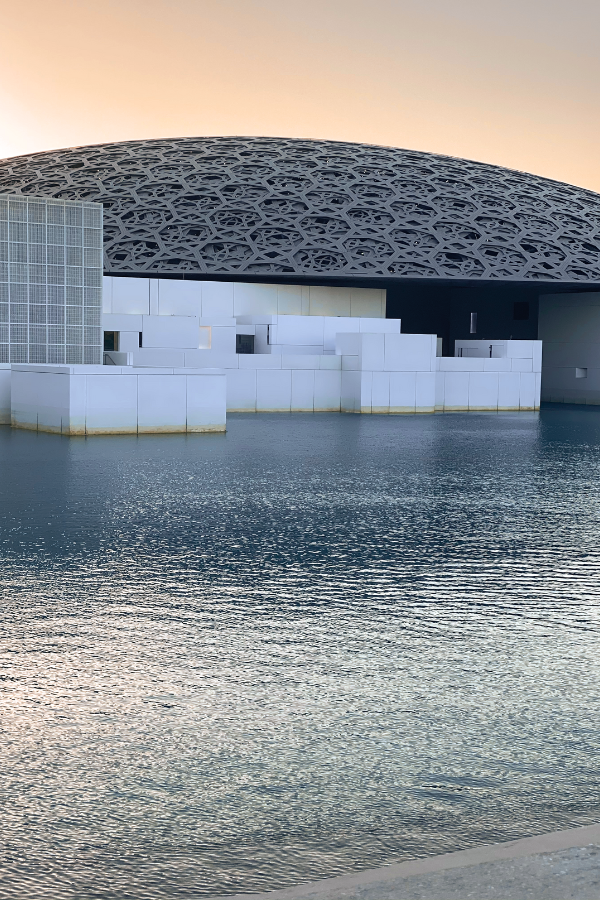

From Abu Dhabi to Liévin: The Louvre Beyond Paris
Summary
The Louvre, one of the world’s most iconic museums, has expanded its reach beyond Paris with branches in Lens, France, and Abu Dhabi, and a conservation center in Liévin. Each location offers unique experiences and serves different purposes, from showcasing diverse collections and promoting cultural exchange to preserving and restoring artworks.
Reflection Questions
- How do the satellite locations of the Louvre contribute to its global mission of democratizing access to art and culture?
- What are the advantages and challenges of creating satellite museums or partnerships in different countries?
- How does the Louvre’s expansion reflect broader trends in the museum world, such as increasing international collaboration and the use of innovative architectural designs?
Journal Prompt
Imagine you are a curator tasked with designing a new satellite location for the Louvre. Where would you choose to establish this museum and what would be its unique focus or theme? How would you integrate the local culture and context into the museum’s design and programming?
The Louvre Museum, originally located in Paris, France, has expanded its reach with additional locations and partnerships worldwide, reflecting its global influence in the arts. From the work of Emirati artists in its Abu Dhabi museum to its conservation center in Liévin, the Louvre now extends far beyond Paris. Each location offers a unique perspective on art history and human creativity, making the Louvre a truly global institution dedicated to preserving and sharing the world’s artistic heritage.
In Paris and Beyond: Louvre Institutions to Visit Worldwide
Louvre Paris (Musée du Louvre)
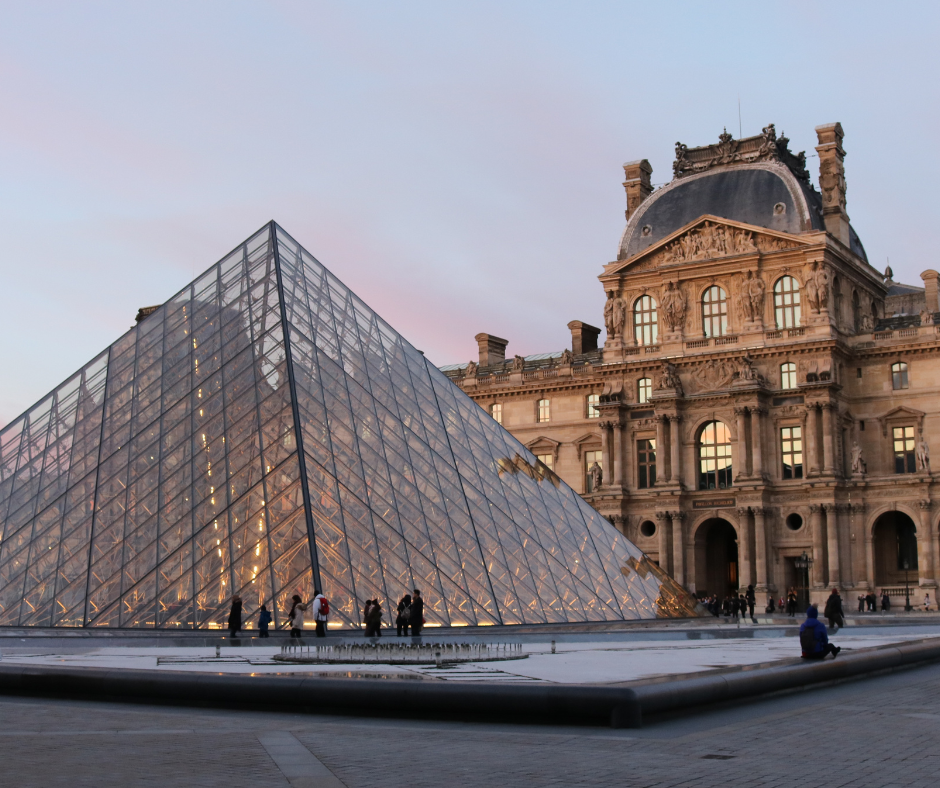

The Musée du Louvre, commonly known as the Louvre, is located in Paris, France, on the Right Bank of the Seine River just two miles from the Eiffel Tower. It is one of the most important French museums and one of the most iconic museums in the world. The museum is housed in the Louvre Palace, originally built as a fortress in the late 12th century under Philip II.
Over the centuries, the building has undergone numerous renovations and expansions, most notably in the 16th century under Francis I, who began its transformation into a royal residence. The Louvre became a public museum during the French Revolution in 1793, opening its doors to display the nation’s masterpieces to the public. Today, it is one of the most visited museums in the world.
The Louvre’s Collection
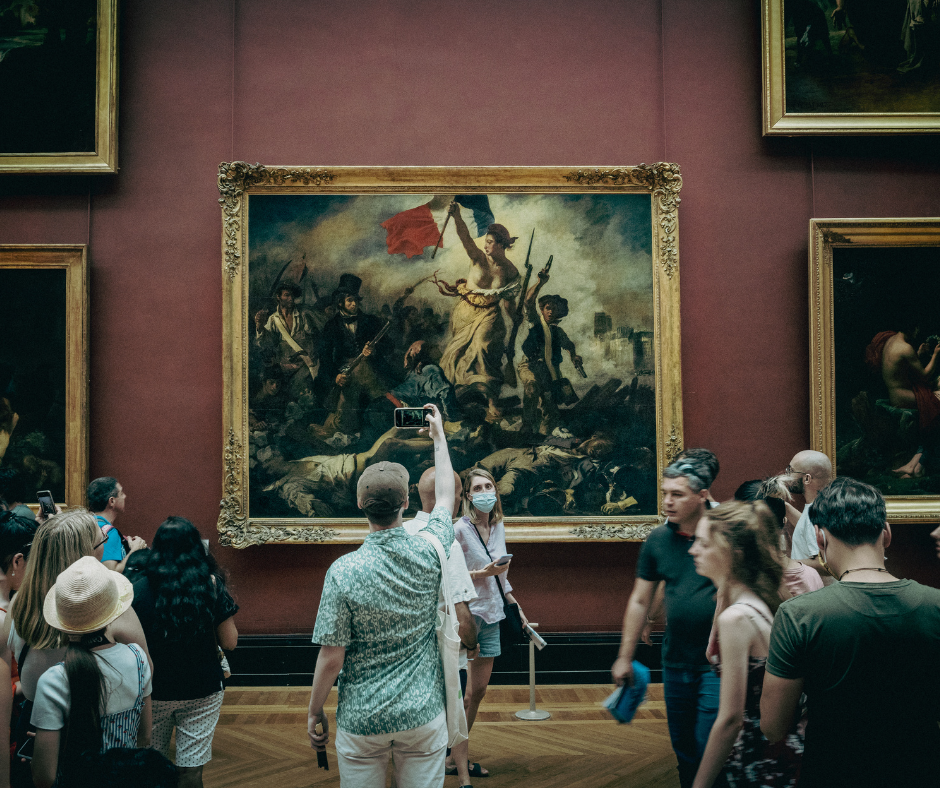

The Louvre’s collection is vast and diverse, comprising approximately 500,000 objects, with around 35,000 works of art on display at any given time. The museum’s collections span from ancient civilizations to the mid-19th century, divided among eight curatorial departments: Near Eastern Antiquities, Egyptian Antiquities, Greek, Etruscan, and Roman Antiquities, Islamic Art, Sculptures, Decorative Arts, Paintings, and Prints and Drawings. While the Louvre in Paris might not feature much modern and contemporary art, its satellite spaces do.
Notable pieces in its permanent collection include Leonardo da Vinci’s Mona Lisa, the Greek statue Venus de Milo, and the Winged Victory of Samothrace. The museum also houses extensive collections of European paintings, sculptures, and decorative arts, making it a repository of Western cultural heritage.
The Louvre’s Legacy
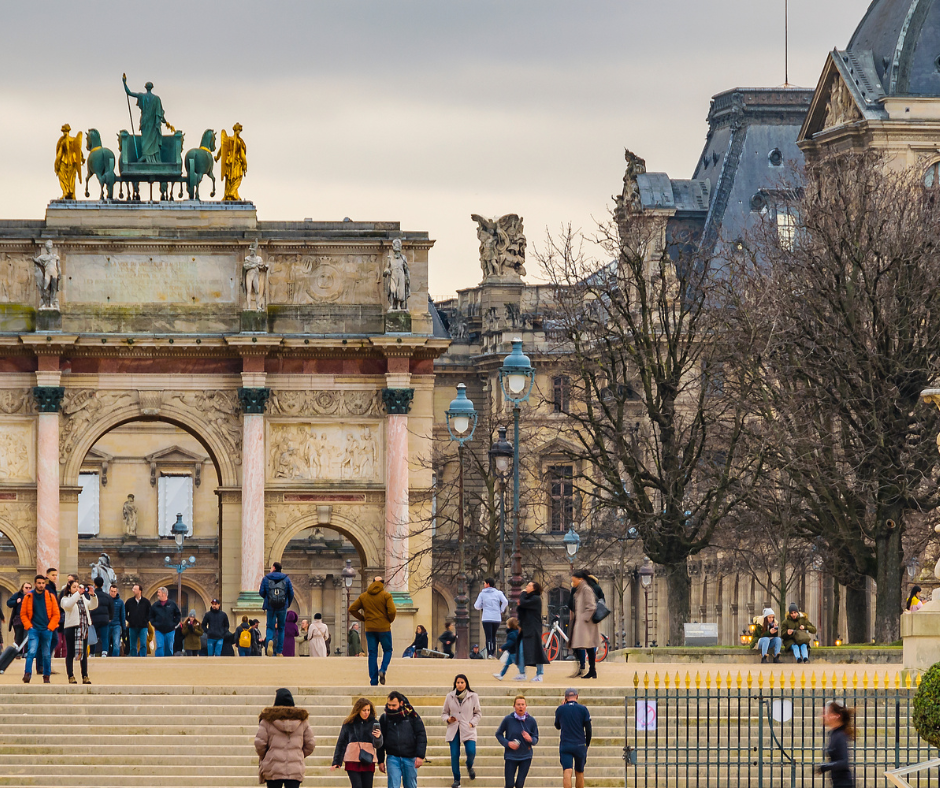

The Louvre is important not only for its unparalleled art collection and its reputation as the most visited museum in the world, but also for its role in the cultural and historical fabric of Paris and the world. It serves as a center for art preservation, education, and appreciation.
The museum’s iconic glass pyramid entrance, designed by I.M. Pei and completed in 1989, symbolizes the blend of historical and modern elements that characterize the Louvre. As a global cultural institution, the Louvre continues to influence and inspire the fields of art, history, and museum practices, attracting millions of visitors annually and offering an educational and enriching experience through its diverse exhibits and programs.
Louvre-Lens


The Louvre-Lens, located in Lens, France, opened in December 2012 as a satellite museum of the Louvre in Paris. This modern, glass-walled museum was designed by the Japanese architectural firm SANAA, known for their minimalist and transparent architectural style.
Fuel your creative fire & be a part of a supportive community that values how you love to live.
subscribe to our newsletter
*please check your Spam folder for the latest DesignDash Magazine issue immediately after subscription


The museum is situated on a former coal mining site, symbolizing a significant transformation from an industrial past to a cultural future. The Louvre-Lens aims to make the treasures of the Louvre more accessible to people in the Hauts-de-France region and beyond, providing an opportunity for those who might not be able to visit Paris to experience world-class art.
Louvre-Lens Collections
The collections at Louvre-Lens are presented in a unique way, with rotating exhibitions that showcase pieces from the Louvre’s extensive collections. The museum features the “Galerie du Temps,” a 120-meter-long gallery where artworks from different periods and civilizations are displayed side by side in a chronological arrangement.
This innovative approach allows visitors to explore the evolution of art and human civilization in a fluid, continuous timeline. Major works from various departments of the Louvre, including Near Eastern Antiquities, Egyptian Antiquities, Greek, Etruscan, and Roman Antiquities, as well as European paintings and sculptures, are regularly exhibited, providing a dynamic and ever-changing visitor experience.
Community Engagement
The Louvre-Lens is important not only for its role in democratizing access to the Louvre’s collections but also for its impact on the local community and regional economy. By bringing high-quality cultural programming to Lens, the museum has become a catalyst for economic and social regeneration in an area that has faced economic challenges following the decline of the coal industry.
It attracts hundreds of thousands of visitors annually, fostering tourism and contributing to the cultural vitality of the region. The museum’s commitment to education and community engagement, through workshops, lectures, and partnerships with local institutions, underscores its mission to be a beacon of cultural enrichment and accessibility
Louvre Abu Dhabi
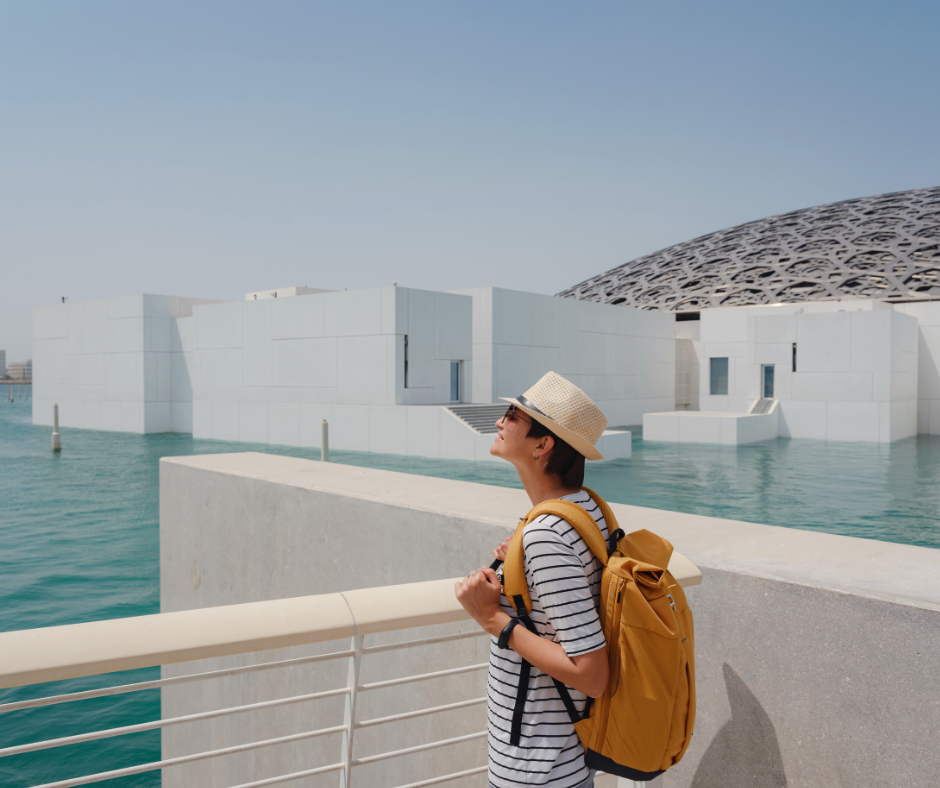

Louvre Abu Dhabi, located on Saadiyat Island in the United Arab Emirates, opened its doors to the public in November 2017. This innovative museum is “the first universal museum in the Arab World.” It is the result of a collaboration between the governments of Abu Dhabi and France, and it was designed by the acclaimed architect Jean Nouvel.
The architecture of Louvre Abu Dhabi itself is a masterpiece, featuring a stunning dome that creates a “rain of light” effect inspired by traditional Middle Eastern architecture. The museum aims to bridge the gap between Eastern and Western art, presenting a global narrative that highlights universal themes and shared human experiences.
The Collections
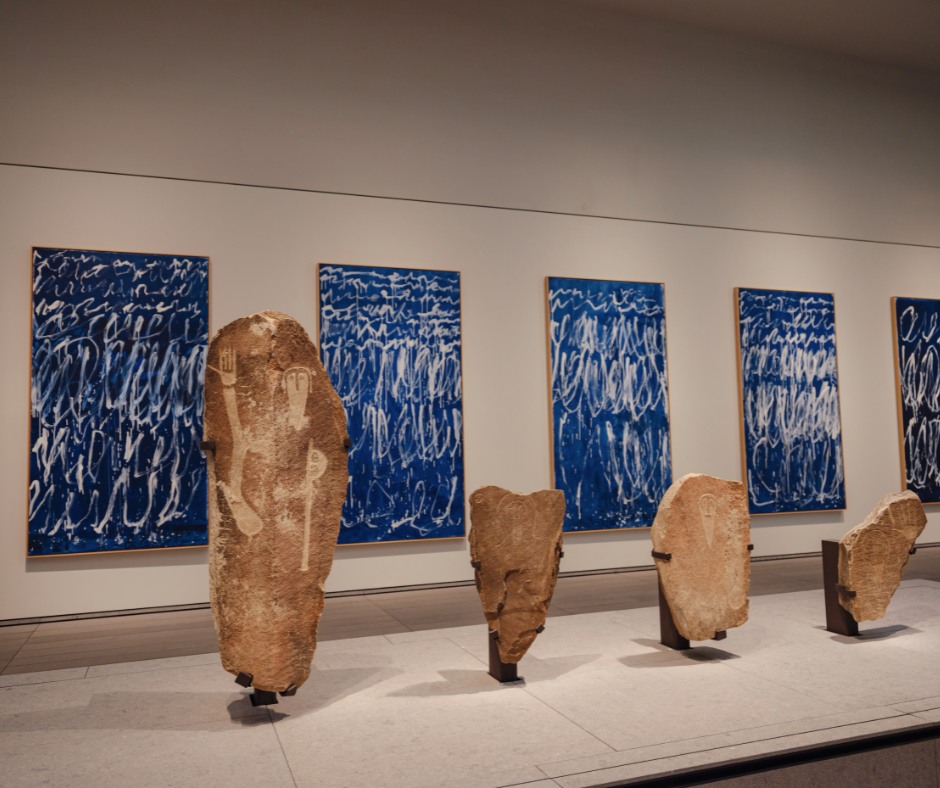

The collections at Louvre Abu Dhabi are diverse and span multiple periods and cultures, offering a comprehensive overview of human creativity from prehistoric times to the contemporary era. The museum’s galleries are organized chronologically and thematically, displaying works of art from various civilizations side by side to highlight connections and mutual influences.
Key pieces include a 3,000-year-old statue of Ramses II, Leonardo da Vinci’s “La Belle Ferronnière,” and contemporary works by artists such as Ai Weiwei and Jenny Holzer. Local artists also show here. The museum regularly hosts major temporary exhibitions, bringing in significant works from international collections, including those of the Musée du Louvre in Paris and other French institutions.
The Louvre Abu Dhabi as a Cultural Center in the Arabian Gulf
Louvre Abu Dhabi holds significant importance as a cultural landmark in the Middle East. It represents a major effort to foster cultural dialogue and exchange between different parts of the world, promoting a deeper understanding of global heritage.
By bringing masterpieces from around the globe to the region, the museum enhances cultural tourism and contributes to the broader goal of transforming Abu Dhabi into a cultural hub. Furthermore, its educational programs and community initiatives play a crucial role in nurturing a deeper appreciation for art and history among diverse audiences, making it a vital institution for cultural and intellectual enrichment in the UAE and beyond
Louvre Conservation Center
Based in Liévin, near Lens, France, this facility opened in 2019. It is dedicated to the conservation and restoration of artworks, ensuring the preservation of the Louvre’s extensive collection. This state-of-the-art facility was established to ensure the preservation and restoration of the Louvre Museum’s extensive collection, which comprises approximately 500,000 works of art. The center was designed by the British architectural firm Rogers Stirk Harbour + Partners, known for their functional and sustainable design approach. The building itself is equipped with advanced climate control systems and cutting-edge technology to provide optimal conditions for the storage and conservation of artworks.
Special Features of the Louvre Conservation Center
The primary function of the Louvre Conservation Center is to serve as a storage and conservation facility for the Louvre’s vast collection. It houses artworks not currently on display in the museum, providing a secure and controlled environment to prevent deterioration. The center is equipped with specialized laboratories and workshops where conservators can conduct research and perform restoration work.
This allows for the continuous monitoring and maintenance of the collection, ensuring that the artworks are preserved for future generations. Additionally, the center facilitates the study and examination of the collection, supporting scholarly research and enhancing the understanding of the artworks’ historical and material contexts.
Final Thoughts on the Louvre in Abu Dhabi, France, and Beyond
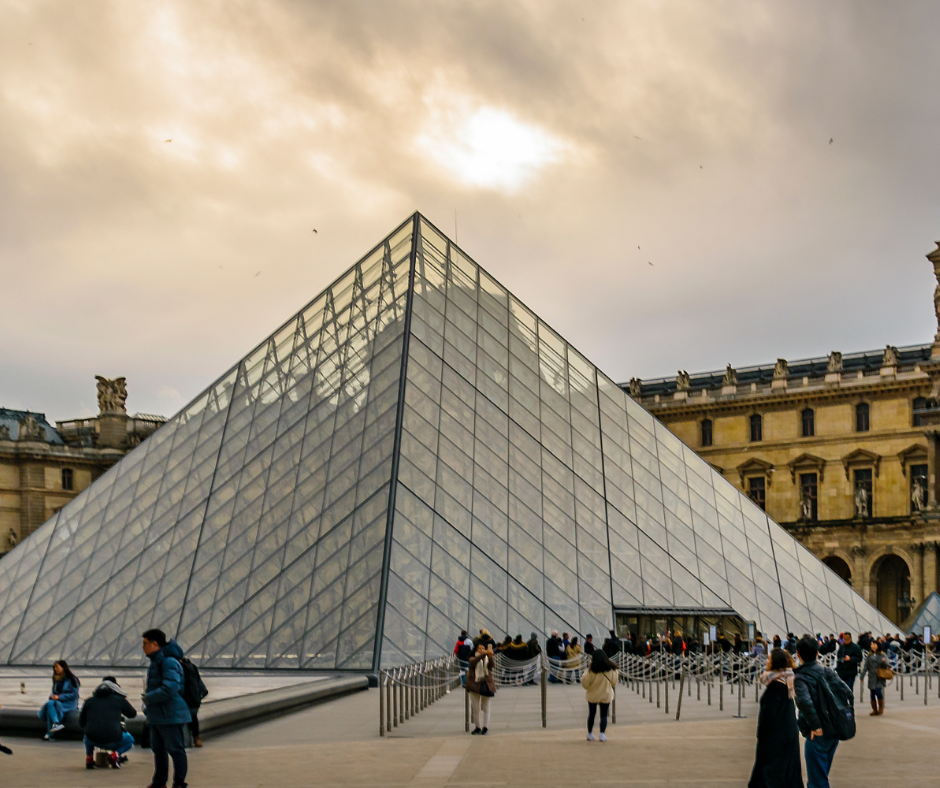

By establishing satellite branches or partnerships in diverse locations, museums like the Louvre can reach wider audiences who might not have the means or opportunity to visit the main institution. This fosters cultural exchange and understanding across different regions and demographics. Expanding their reach allows museums to tap into new sources of funding, expertise, and resources, enhancing their ability to conserve, research, and showcase their collections.
Furthermore, it enables them to contribute to the economic and social development of their host communities, becoming catalysts for urban renewal, tourism, and educational initiatives. In essence, expanding their influence aligns with the broader mission of museums to be inclusive, educational, and relevant in an ever-changing global landscape.
Which museums with multiple locations come to mind? Are visitor experiences in these satellite locations similar or vastly different from the primary location? Let us know in the comments below.








